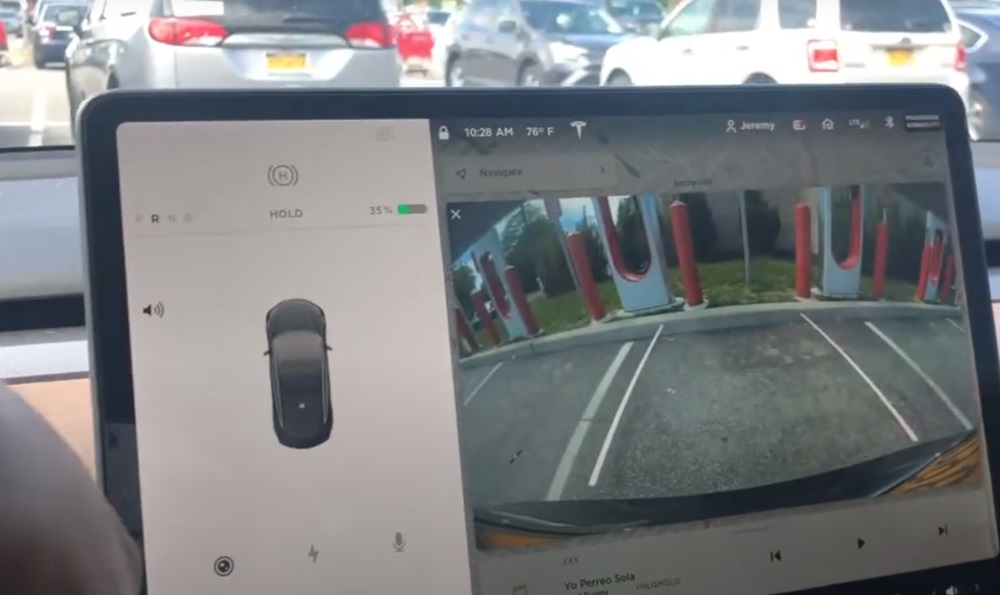Uber, in partnership with Tesla, has shared data on drivers' most popular routes to identify areas where the need for charging infrastructure is greatest.
New York City is facing a challenge that could potentially tarnish its reputation as a progressive metropolis: its lagging electric vehicle charging infrastructure. Despite increasing sales of electric vehicles (EVs), the expansion of charging stations is lagging, leading to overloading of existing facilities.
This problem has a particular impact on the business operations of rideshare drivers, who are increasingly opting for electric vehicles. That writes Suvrat Kothari on the popular InsideEVs. Recently, a Tesla owner took to X, the social media platform formerly known as Twitter, to express his cry for help regarding the situation at a Tesla Supercharger in Brooklyn, New York. This post, which included a photo of a traffic jam of Teslas waiting to charge, attracted attention and highlighted the seriousness of the situation.
An on-site investigation by InsideEVs near their headquarters in Midtown Manhattan revealed the reality. Dozens of rideshare drivers, forced to switch to electric cars by new New York City rules, found little support in terms of charging options. The Supercharger, located in the parking lot of a Raymour and Flanigan furniture store in south Brooklyn, surrounded by several businesses, features 12 Tesla dispensers and four EVgo stations, the screens of which showed an "out of service" message.
The long queues at these charging stations are a recurring phenomenon, says Bezgod Hoja, an Uber driver of Turkish descent. Hoja, who lives nearby, experiences the consequences of this inadequate infrastructure every day. The Tesla dispensers, installed in March 2023, were not activated until late in the year, partly due to slowness in the New York City permitting process, a claim that InsideEVs could not independently verify.

This situation is symptomatic of a larger problem: the New York City Taxi and Limousine Commission's (TLC) recent requirement that new for-hire licenses be issued only to electric vehicles. While this policy is intended to reduce harmful gas emissions and reduce dependence on gasoline-powered cars, it has also placed an unforeseen burden on charging infrastructure. Since the rule was introduced, TLC has approved more than 4.700 applications, but the required charging facilities are lagging behind.
parking costs
The situation is further complicated by the fact that many of the charging stations charge parking fees or have long waiting times, as Ellie Simpson, an Uber driver and single mother of three, also points out. The time lost waiting for a charge costs her significant income and has direct consequences for her family. In addition, drivers are confronted with additional costs in the form of a congestion charge at busy Superchargers, introduced by Tesla to promote traffic flow. Nevertheless, the charging stations remain busy, indicating a clear need for more and more accessible charging facilities in the city.
Andrew Macdonald, senior vice president of mobility and business operations at Uber, emphasized the importance of this partnership in addressing the two biggest barriers for drivers wanting to switch to electric: the cost of ownership and access to convenient charging options.




